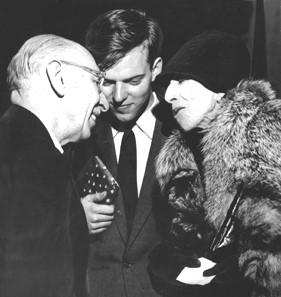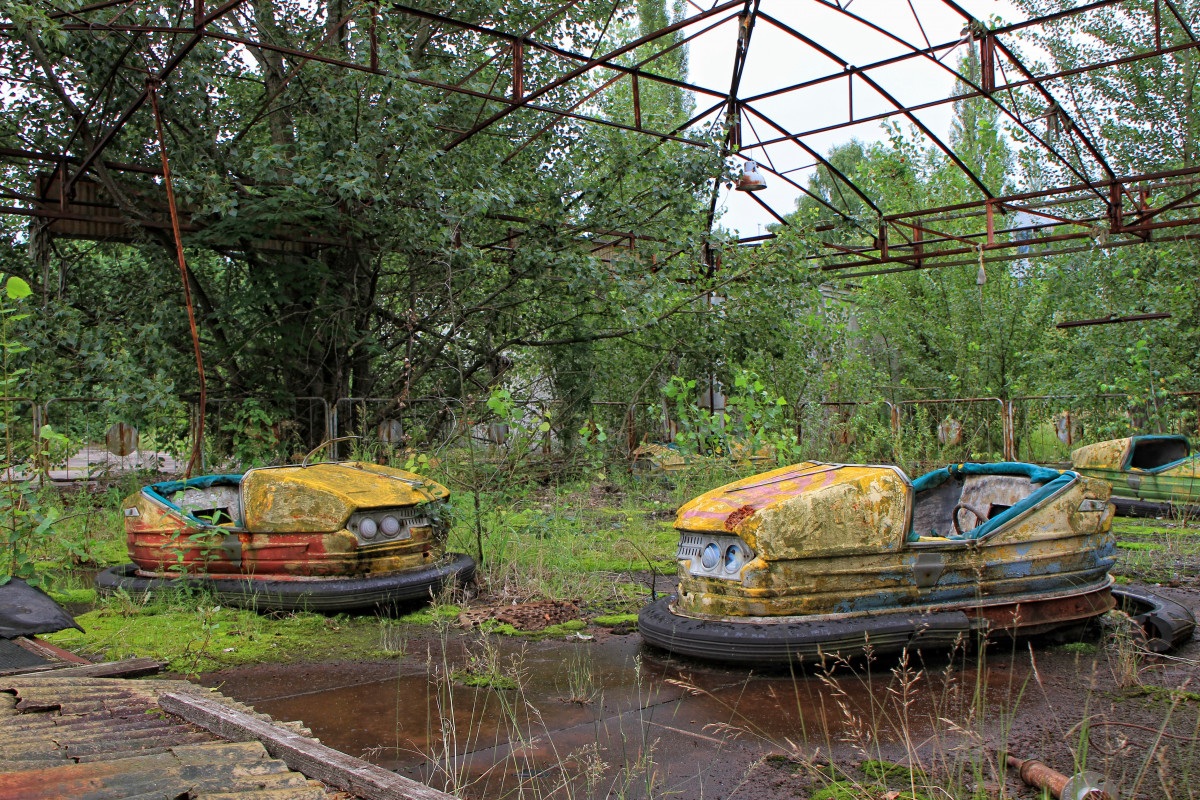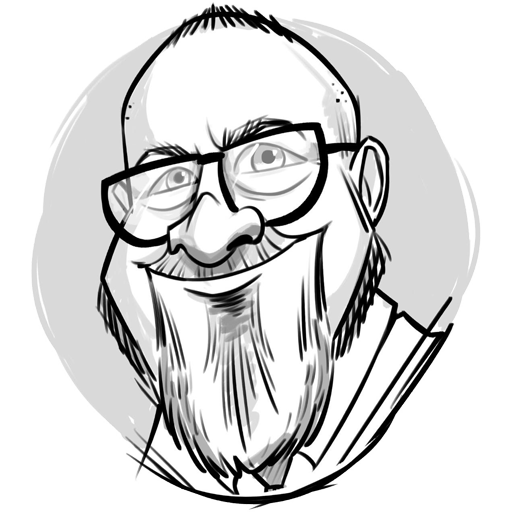 |
| My current journalling regimen incorporates two key approaches from Ryan Holiday and Benjamin Franklin [Photo by Dr Michael de Percy]. |
After much reflection, a little therapy, and much deliberation, I have arrived at a new journalling regimen that has given new life to my daily reflective habit. I document my current journalling process below.
It is almost three years ago since I blogged here about my daily journalling regimen. At the time, I had been journalling on a daily basis for over a year, and, despite some major life interruptions, I continue to journal on a daily basis.
My daily habit has not always been efficacious; not because of my journalling, but because my process became stagnant and the challenges I faced had changed over time.
Originally, I took the opportunity to journal using Ryan Holiday's The Daily Stoic as a prompt but also to develop a routine that reinforced Stoic logic, in particular Epictetus's Enchiridion, which can be summed up in the first three sentences of his work:
Some things are in our control and others not. Things in our control are opinion, pursuit, desire, aversion, and, in a word, whatever are our own actions. Things not in our control are body, property, reputation, command, and, in one word, whatever are not our own actions.
Like the ritualised practices found in organised religions, journalling is a constant reminder to defer to the source: my sense of reason, and, in particular, to continually assess what is in my control and what is not. There is power in the daily reminder which I find similar to the concept of daily (or regular) prayer or meditation found in Christianity, Islam, and Buddhism.
Interestingly, my reading of many theologically inspired works confirms the ubiquity of Stoic philosophy's basic premises in many major religions and ancient philosophies.
My previous process began with free writing, followed by reflection on the daily meditations in The Daily Stoic, The Daily Stoic Journal, and the three-monthly program in Benjamin Franklin's Virtues Journal. I also added the morning and evening reflections from James Allen's As A Man Thinketh.
(These days I generally journal only once per day whereas from the end of 2016 to the beginning of 2019 I journalled each morning and each evening.)
For the final parts of my journalling I referred to various texts and reflected on a number of short passages of these texts on a daily basis. These included (among other works) La Rochefoucauld's Maxims, the Qur'an, the Tanakh, the Holy Bible (yet again!), Patience and Gratitude: An abridged translation of ʿUddat as-Sabirin wa dhakhirat ash-shakirin, and the Shiva Sutras, and soon I will finish the Yoga Sutras of Patanjali.
Slowly digesting classic texts this way is useful as it allows time for each morsel to make its mark, rather than racing through a book and forgetting soon after.
Ryan Holiday advocates reading slowly. And the point is that we should give ourselves time to do things for ourselves. Emerson1 said it best:
Eminently thoughtful men, from the time of Pythagoras down, have insisted on an hour of solitude every day, to meet their own mind and learn what oracle it has to impart.
While the paragraph by paragraph approach to reading worked over the last few years, I have started to lose interest in my old journalling process. Brett McKay from the Art of Manliness wrote about how he lost the journalling habit over time once his life settled down. I suspect this is part of what is happening for me, too.
But there is still this other part of me that needs to journal so that my monkey mind gets out of my way. Tim Ferriss says it best:
I’m just caging my monkey mind on paper so I can get on with my fucking day.
This is key for me and if my journalling process requires too much effort I tend to only get to it piecemeal during the day rather than using it for its monkey-caging benefits.
I also found that my recent experience with EMDR was great but "checking-in" with my different "parts" and getting them to communicate (rather than running off when my adult self is on autopilot) stopped happening when I wasn't regularly checking in with the therapist.
EMDR, parts therapy, and internal family systems are really interesting and it is best to work with qualified practitioners. But for my personal record, and drawing on Rolf Potts' travel journal philosophy of my journal being for me, "an author and audience of one", here is my own "parts map" from September last year:
 |
| Dr Michael de Percy, personal "parts map" developed during EMDR therapy |
Once I would have been afraid of exposing my vulnerability, but fuck it, I am over 50 now and I will do whatever I want with my own stuff, just as I did recently. And if Alain de Botton advocates psychotherapy, then who the hell is anyone else to judge?
Now to my most recent process. Once a day, I do the following:
- Daily Stoic reflections. I wanted to make sure I reinforced the logic of Stoic philosophy as the first thing, so I have moved the Daily Stoic and the Daily Stoic Journal as a combined first item. I have hand-written the questions from the Daily Stoic Journal into the pages of my copy of the Daily Stoic.
- Benjamin Franklin's Virtues Journal reflections.
- Reflections on a "Quote of the Day" (that I like or I look to one of my Cabinet of Invisible Counsellors).2
- Check-in with my "parts" (or what I am grateful for if I have nothing to discuss).
- Free writing to clear my monkey mind. This can be long or short depending on how I am feeling. Speaking of which, Mark Manson provides some helpful questions in this regard: What the hell am I doing? What the hell am I feeling? What the hell are my blind spots?
Benny is an awfully smart boxer. All the time he’s boxing, he’s thinking. All the time he was thinking, I was hitting him.
I hope this article is useful for anyone keeping a Stoic journal.
Notes
1. Emerson, Ralph Waldo; Conrad, Charles; Books, Best Success. We Are the Builders of Our Fortunes: Success through Self-Reliance (p. 58). www.SuccessBooks.net. Kindle Edition.
2. I am still developing my "cabinet" but here is my go-to list for now:
- Work practices: Cal Newport
- Literature: Harold Bloom
- Political Science: Charles E. Merriam
- Teaching: Ryan Holiday
- Scholarly Tradition: John Wanna
- Virtues: Benjamin Franklin
- Individuality: Jean-Jacques Rousseau
- Existence: Albert Camus
- Blogging: Walter Benjamin
- Motivation: Kyle Eschenroeder
- Music: John Adams
- Writing: Ernest Hemingway and F. Scott Fitzgerald
- House and Garden: Dirk Bogarde
- Travel: Rolf Potts
 Donate
Donate

















.jpg)















